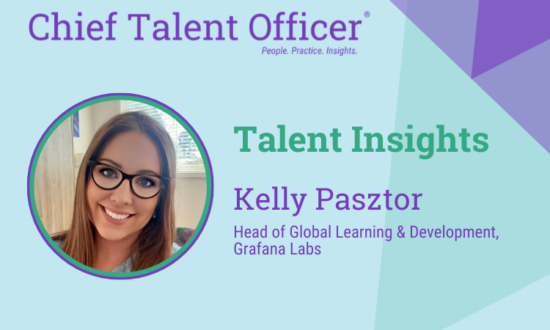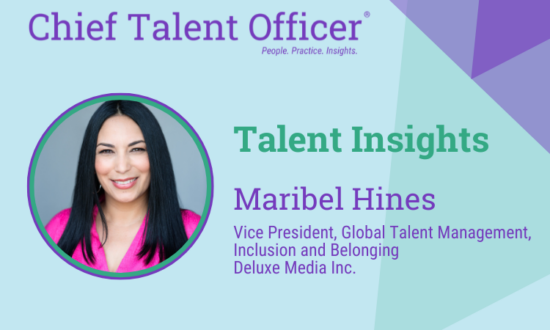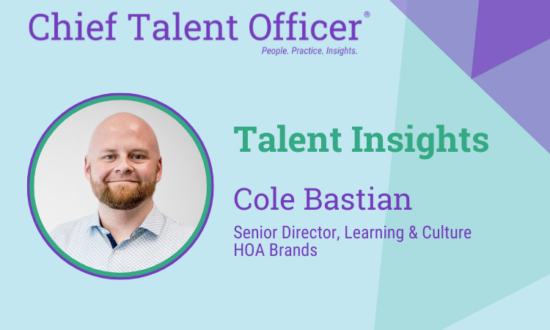When chief learning officers are making decisions around learning management systems, it is important to take the company’s existing technology into account. Companies that are already using an application server need to make sure that the vendor’s products are compatible with that application server. Many of the large servers, including IBM WebSphere and Sun ONE, have adopted a Java standard (Java 2 Enterprise Edition) in the past couple of years. The J2EE standard is known for its contribution to high performance, scalability and interoperability at the enterprise level.
“In the market right now, .NET (from Microsoft) is Java’s biggest competitor,” said Ed Cohen, chief technology officer for Plateau Systems. Plateau recently re-engineered its LMS to the J2EE standards after taking a look at the hardware used by large enterprises. Many large companies run on UNIX, IBM, Sun and HP, and they tend to run Oracle on the back end, said Cohen. Since Plateau was already running Oracle on the back end, the company was left looking to see what it could run on pre-existing hardware.
“The neat thing about Java for building the application the way we built it is that there’s a whole number of application servers that run on these different hardware environments, and we essentially only have to maintain one code base to run on HP, Sun, IBM, Intel, any of these hardware platforms, or any of the operating systems, meaning Microsoft, Sun Solaris, HP-UX, IBM’s AIX,” said Cohen.
But how does Java contribute to the success of an LMS implementation?
Cohen said that flexibility is one of the most important things to take into account when considering an LMS purchase and that it is important to understand what it means to implement a large enterprise system. “Anybody can stand their system up in a day or two, but truly implementing means tying all of these internal systems, being able to have it map to your company’s structure, have it look and feel the way you want it to,” said Cohen.
This time to implement the LMS adds up, which can be a real problem for organizations that are looking to solve immediate problems through their new LMS implementation. “A lot of times when companies go out and look for an LMS, they’re looking for it to solve some type of pain,” said Cohen. “It’s usually a very immediate pain—they’re going to be fined, they’re out of compliance, or they’re spanning a major growth effort. So the purchasing of an LMS was a reaction to that, so speed of implementing and then later on in the process, after the itch has been scratched, the scalability of it to grow and tie to all of these other systems is important.”
J2EE can ease implementation because of the scalability of software built on J2EE. Cohen said that after Plateau considered the various hardware platforms and operating systems large enterprises were using, the company turned to scalability issues. “We looked at actual scalability and found that of the technologies out there, J2EE was by far the most scalable,” said Cohen.
“To some degree, on a smaller scale, you have to start talking to other systems out there, and that’s an area where J2EE lets us integrate to HR systems,” Cohen added. “But as you get larger and larger, you see companies integrating with CRM systems, financial systems, different portal technologies for distributing content, typing into Web services hosted by companies external to those.” J2EE makes it easy for organizations to tie their learning management systems into all of these other systems, according to Cohen, bringing total cost of ownership down.
Cohen stressed that one of the biggest mistakes made by CLOs and CEOs considering an LMS is to skip over the IT department, which can offer valuable insight. “If there’s one thing I can’t stress enough, it’s get IT involved early,” said Cohen. He explained that many companies think they can purchase an LMS and host it in a single department, without ever letting IT in on it. “But LMSs are an enterprise-type application,” explained Cohen, “and whatever LMS you pick, the technology has to be something that plays well in your IT department.”
For the IT department, an LMS based on J2EE is easy to live with, said Cohen. It is less costly to maintain and easier for the IT department to work with.
Overall, then, when considering an LMS, chief learning officers should get the CIO on board and talk about how the system is going to work within the overall infrastructure of the organization. By getting all stakeholders involved early on, CLOs can ensure a successful implementation.
Emily Hollis is associate editor for Chief Learning Officer Magazine. She can be reached at ehollis@clomedia.com.
News Items:
Gartner Says There Is No Optimal Organizational Design for IT Departments
There is no single, optimal organization design for IT departments, but rather, a set of appropriate practices that are adapted through learning and benchmarking processes, according to a new report by people3, a Gartner Inc. company. According to the report “Structuring for Success: Building Blocks for IT Organization Design,” IT leaders need to answer four questions: what works, what does not work, when will it work, and why?
See https://www.clomedia.com/common/newscenter/newsdisplay.cfm?id=1958 for more information.
Intellinex and Ernst & Young Offer HIPAA Training for Non-Health Industries
As new federal privacy and security mandates take effect across the United States, many leading manufacturers, automotive, food and beverage, insurance, printing, financial and service organizations are better prepared thanks to INTELLINEX, a provider of results-oriented learning solutions. “Fulfilling HIPAA’s Learning Requirements for Employers,” an interactive, Web-based learning series created by INTELLINEX and Ernst & Young, addresses the training needs of organizations that sponsor group health plans.
See https://www.clomedia.com/common/newscenter/newsdisplay.cfm?id=1951 for more information.
DigitalThink to Expand Simulation Capabilities
DigitalThink Inc., a leader in custom e-learning, announced the acquisition of Horn Interactive, a provider of simulation-based custom e-learning. With the addition of Horn Interactive’s innovative design and development capabilities, DigitalThink expands its position as a provider of custom e-learning courseware by addressing the growing market for simulation-based learning.
See https://www.clomedia.com/common/newscenter/newsdisplay.cfm?id=1935 for more information.
Online Solution to Help Companies Measure ROI of Values-Based Decision-Making
The University Associates Center for Integral Leadership (UACIL) announced that it is launching a new online solution for companies to deploy and measure values-based decision-making. ActionPoint is a unique product for creating a systemic process for developing and leading collaborative work environments. Designed for human resource and organizational development professionals, the ASP-based ActionPoint delivers ROI to companies by improving decision-making and developing leaders at all levels of an organization.
See https://www.clomedia.com/common/newscenter/newsdisplay.cfm?id=1931 for more information.
Franklin Covey Reports Major Gaps in U.S. Workers Focus and Execution on Top Organizational Priorities
FranklinCovey, which has surveyed more than 2.5 million people over the past 14 years about productivity and effectiveness issues, released the results of its latest assessment of 11, 045 U.S. workers. The survey results confirm that most organizations suffer from major “execution gaps,” which undermine the achievement of their highest priorities.
See https://www.clomedia.com/common/newscenter/newsdisplay.cfm?id=1929 for more information.














